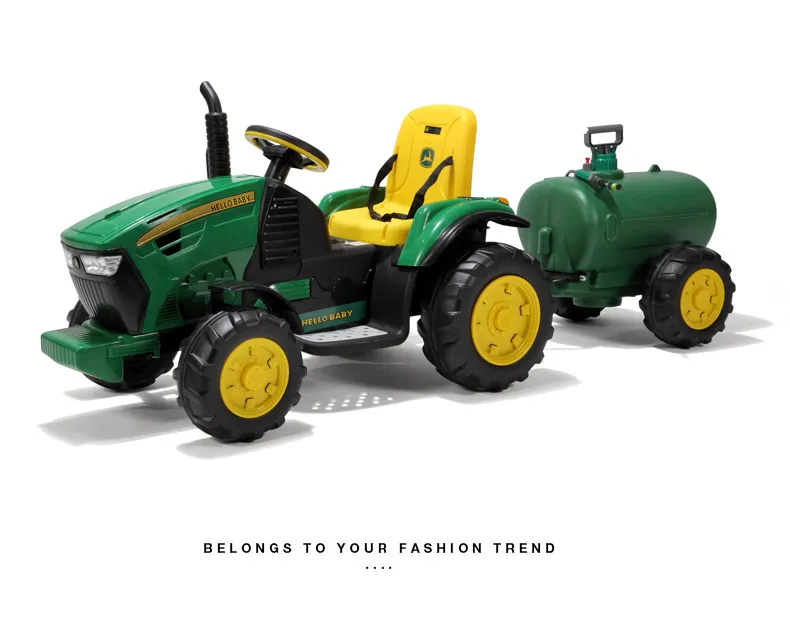
- Afrikaans
- Albanian
- Amharic
- Arabic
- Armenian
- Azerbaijani
- Basque
- Belarusian
- Bengali
- Bosnian
- Bulgarian
- Catalan
- Cebuano
- Corsican
- Croatian
- Czech
- Danish
- Dutch
- English
- Esperanto
- Estonian
- Finnish
- French
- Frisian
- Galician
- Georgian
- German
- Greek
- Gujarati
- Haitian Creole
- hausa
- hawaiian
- Hebrew
- Hindi
- Miao
- Hungarian
- Icelandic
- igbo
- Indonesian
- irish
- Italian
- Japanese
- Javanese
- Kannada
- kazakh
- Khmer
- Rwandese
- Korean
- Kurdish
- Kyrgyz
- Lao
- Latin
- Latvian
- Lithuanian
- Luxembourgish
- Macedonian
- Malgashi
- Malay
- Malayalam
- Maltese
- Maori
- Marathi
- Mongolian
- Myanmar
- Nepali
- Norwegian
- Norwegian
- Occitan
- Pashto
- Persian
- Polish
- Portuguese
- Punjabi
- Romanian
- Russian
- Samoan
- Scottish Gaelic
- Serbian
- Sesotho
- Shona
- Sindhi
- Sinhala
- Slovak
- Slovenian
- Somali
- Spanish
- Sundanese
- Swahili
- Swedish
- Tagalog
- Tajik
- Tamil
- Tatar
- Telugu
- Thai
- Turkish
- Turkmen
- Ukrainian
- Urdu
- Uighur
- Uzbek
- Vietnamese
- Welsh
- Bantu
- Yiddish
- Yoruba
- Zulu
Aug . 12, 2024 21:22 Back to list
Understanding the Importance of Gearing on Your Mountain Bike for Enhanced Performance and Control
Understanding Gearing on a Mountain Bike
When it comes to mountain biking, gearing is one of the most crucial elements that can significantly affect your riding experience. The right gearing enables riders to tackle various terrains, whether it be steep climbs, rocky descents, or smooth flats, while maintaining an efficient pace and conserving energy. Understanding how gearing works and how to choose the right setup can greatly enhance your performance on the trails.
What is Gearing?
At its core, gearing refers to the ratio of the front chainrings to the rear cogs on a mountain bike. A bike's gearing system consists of one or more chainrings attached to the pedals and a cassette of multiple sprockets located on the rear wheel. By shifting between these chainrings and cogs, a rider can adjust their pedaling difficulty, making it easier or harder to turn the pedals, depending on the terrain.
Gearing Ratios How They Work
The gearing ratio is calculated by dividing the number of teeth on the front chainring by the number of teeth on the rear cog. A lower gear (for example, a smaller chainring paired with a larger rear cog) means an easier pedaling option, which is ideal for climbing steep hills. Conversely, a higher gear (a larger chainring with a smaller rear cog) allows for faster speeds on flat or downhill sections but requires more effort to pedal.
Choosing the Right Gearing
The gearing setup on a mountain bike depends largely on the rider's preferences and the type of terrain they typically encounter. Riders who frequently tackle steep climbs may benefit from a bike with a lower gearing ratio, which allows for easier pedaling under tough conditions. Conversely, those who ride on flatter terrains can opt for higher ratios to maximize speed and efficiency.
gearing on a mountain bike

In recent years, many mountain bikes have transitioned to a one-by (1x) gearing system, which utilizes a single front chainring paired with an extended cassette in the rear. This simplifies shifting and reduces the weight of the bike, making it a popular choice among many riders. However, while a 1x system is efficient and convenient, it may lack the low-end gear options that a traditional two-by (2x) setup provides, which can be advantageous in very steep climbs.
Rider Skill Level and Fitness
Another important factor to consider when thinking about bike gearing is the rider's skill level and fitness. Newer riders may prefer a bike with lower gearing to make climbing more manageable. Experienced riders, on the other hand, might opt for higher gearing options, which allow for better sprinting on flat surfaces and more control when navigating downhill.
Adjusting Gearing After Experience
As riders become more experienced, they often develop a better understanding of their riding style and preferences. It’s not uncommon for riders to adjust their gearing setup to suit their evolving skills and the types of trails they prefer. The flexibility to fine-tune gearing allows mountain bikers to adapt to changing conditions and maintain optimal performance.
Conclusion
Understanding the importance of gearing on a mountain bike can profoundly influence a rider's experience on the trails. Whether navigating quick technical sections or powering through long climbs, having the right gear ratio at your disposal makes for more enjoyable and efficient rides. As you venture into the mountainous terrain, take the time to assess your gearing options, taking into account your personal preferences, fitness level, and the types of tracks you engage with. Proper gearing not only enhances performance but also encourages a more rewarding mountain biking experience.
-
The Ultimate Kids' Four-Wheeler Experience
NewsJul.09,2025
-
The Ultimate Guide to Mountain Bikes: Gear Up for Your Ride
NewsJul.09,2025
-
The New Age of Cycling: Electric Bikes for Every Rider
NewsJul.09,2025
-
The Best Kids Bicycles: Ride in Style and Safety
NewsJul.09,2025
-
The Best 3-Wheel Scooters for Kids: Fun, Safety, and Adventure
NewsJul.09,2025
-
Revolutionize Your Ride: Affordable Electric Bikes
NewsJul.09,2025
-
Finding the Perfect Mountain Bike for Every Rider
NewsJul.09,2025



